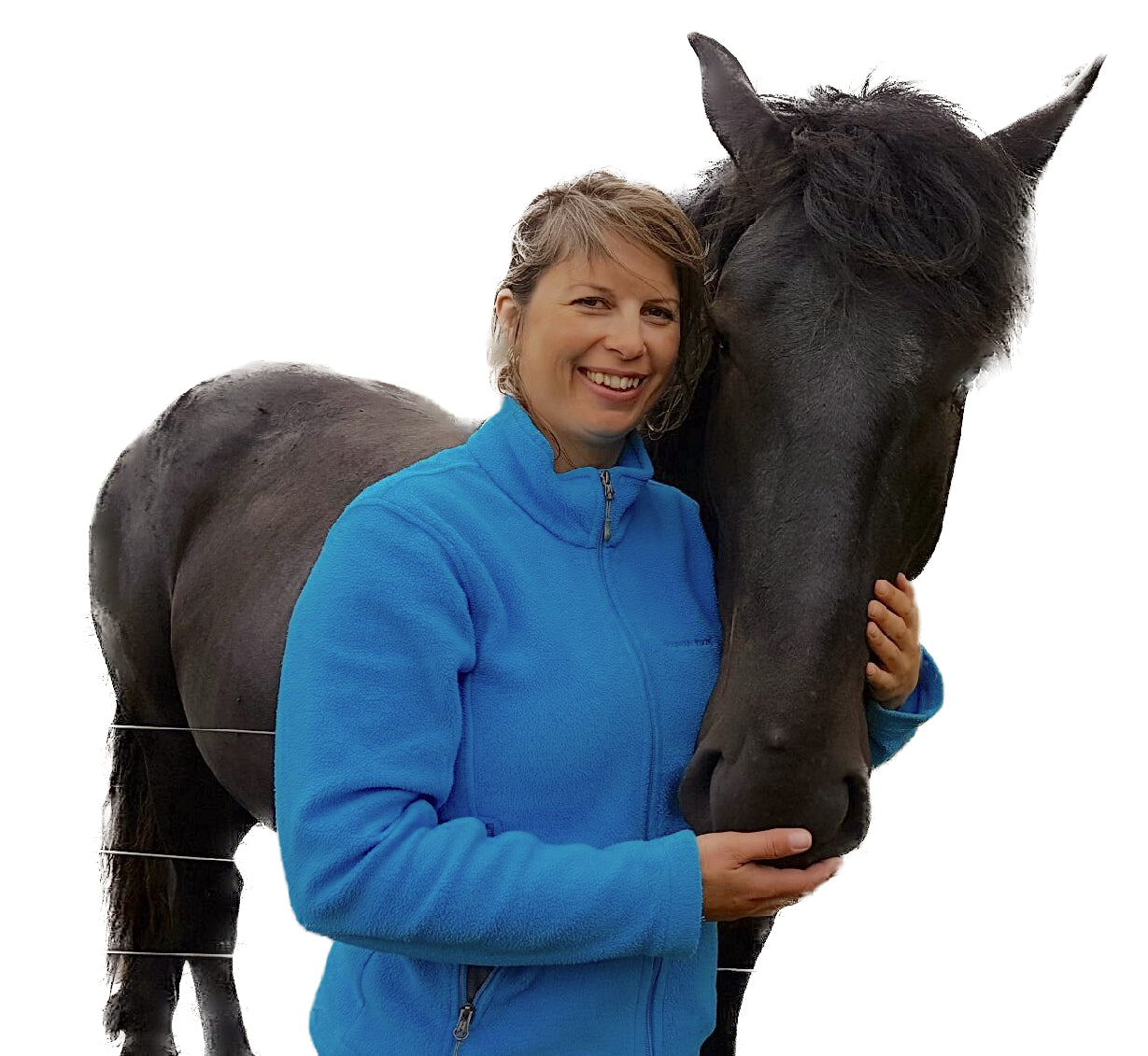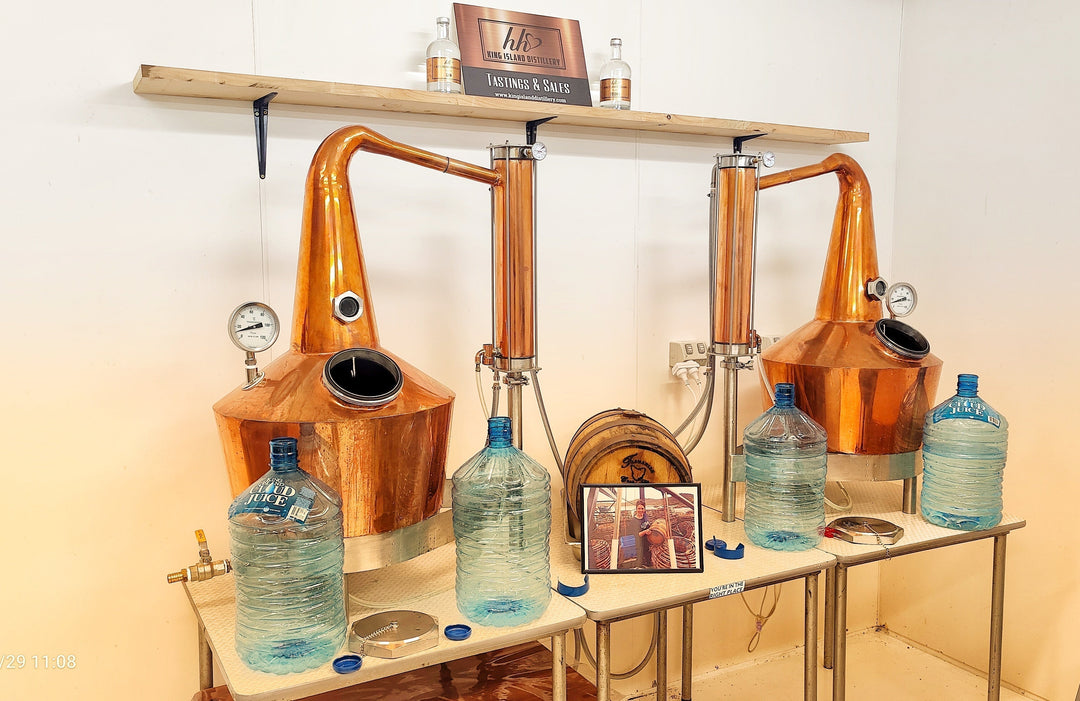Ride to a bar day

This day celebrates people who Ride Your Horse to a Bar Day on the 2nd of April. Ride and enjoy a drink, just like a cowboy, or cowgirl!
This holiday was created in America in 2021 by a man called Dale Garwood. Horses have a long history with bars and pubs, many of which were ‘coaching inns’ with stables attached for horses to rest or be changed for the long journey the following day; many of the oldest surviving pubs in over there and some in Australia still offer such services.
WHY WE LOVE RIDE YOUR HORSE TO A BAR DAY
It’s a fun, different way to meet up for a drink
Having a drink in moderation with friends is fun, but it’s even more fun if you occasionally spice things up and surprise them. You can pre-arrange to all ride a horse to a bar, or distillery.
It’s a good conversation starter
Some people at the bar might be interested enough to ask why you’re doing this. It’s an unusual way to meet people, but is rewarding when it works.
We love horses
Majestic animals, aren’t they? If you ride horses, you know they can always find home, but the trip can sometimes be a bit quick. So best be sober enough to ride and arrive home safely on your horse.
RIDE YOUR HORSE TO A BAR DAY ACTIVITIES
Ride your horse to a bar
It's Sunday, so if you have a horse and a favourite distillery, or bar, giddy up!
Dress like a cowboy
Riding a horse to a bar is an old tradition of the Wild West, so why not dress as such? Wear some boots, jeans, a belt with a big buckle, a shirt, and a hat (safety helmet while riding).
Talk like a cowboy
If you want to take it one step further, you can talk to the bartender like a cowboy. Look up common expressions such as ‘howdy partner’ or ‘yarn the hours away’ and have extra fun with a Southern accent.
5 FUN FACTS ABOUT HORSES
They can sleep standing up
They have a ‘stay-apparatus,’ a system of tendons and ligaments that allows the horse to lock their legs in position so they can relax without falling over.
Near 360-degree field of vision
Because of the positioning of their eyes on the sides of their head, they can see almost everywhere and have only two blind spots, one behind them and the other in front and under their nose.
Their reflexes are quick
They can go from standing still to delivering a kick in just 0.3 seconds, while the human reaction time is 1.6 seconds.
They can’t breathe through their mouth
Unlike humans, horses are only able to breathe through their noses.
Their ears are composed of 10 muscles
These let them rotate their ears nearly 180 degrees and move them independently of one another.
TIMELINE
3500 B.C. The earliest indirect evidence of horse riding The evidence of a ‘thong bridle’ is found in Kazakhstan.
3000 B.C. The Evidence for Horse Milking and Riding Modern horses share DNA with horses from the Botai culture that were milked and ridden.
2500 B.C. The Evidence of Horses as Working Animals Chariot burials from this era present the earliest, most direct hard evidence of horses as working animals.
4200 years ago Modern Horses Expand Throughout Eurasia There’s a selection of horse riding adaptations; the equestrian material culture also spreads.
HORSE HISTORY
A study in 2012 that performed genomic sampling on 300 workhorses from local areas and reviewed previous studies of archaeology, mitochondrial DNA, and Y-DNA suggested that horses originally were domesticated in the western part of the Eurasian steppe.
Although DNA studies have had varied results, the ‘Equus ferus przewalskii’ — also known as the Mongolian wild horse — is believed to be unrelated to the modern domestic horse.
One study suggests that the ‘Przewalski’ and the modern domestic horse diverged about 160,000 years ago. A 2009 molecular study using ancient DNA places the Przewalski horse in the middle of the domesticated horses.
Chariot burials around 2500 B.C. present the most direct evidence of horses as working animals. Indirect evidence suggests that people rode horses around 3500 B.C.
One theory proposed that the modern horse descended from the Botai culture, where horses were milked and possibly ridden more than 5,000 years ago. However, despite sharing a small amount of DNA with them, modern domesticated breeds do not descend from the earliest domestic horse lineage at Botai.
In 2021, a comprehensive genetic analysis reported that today’s domestic horses are from the lower Volga-Don region in Russia.
A test of 273 ancient horse genomes indicates that these populations replaced almost all the local breeds as they expanded rapidly throughout Eurasia from about 4,200 years ago.
It also showed the selection of particular adaptations for horse-riding and the spread of the equestrian material culture — including Sintashta spoke-wheeled chariots.
For Asia Indo-Iranian languages, chariots and horses spread together, following the early second millennium B.C. Sintashta culture.
Source: National Today
#rideahorse #rideahorsetoabarday #rideahorsetoadistillery #kingislanddistillery #horseriding #horse #horses #horseaddicted #ride #horseaddict #equestrian #horsetraining #ilovemyhorse #horsesport #horseriders #horsetagram #showhorse #horseylove #horseracing #horsemanship #horselover #friends #equestrianlife







Leave a comment